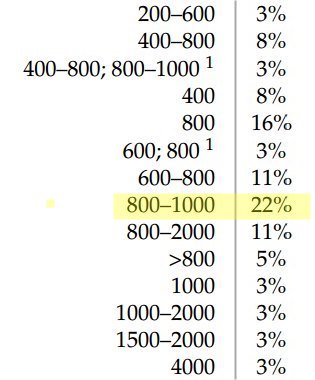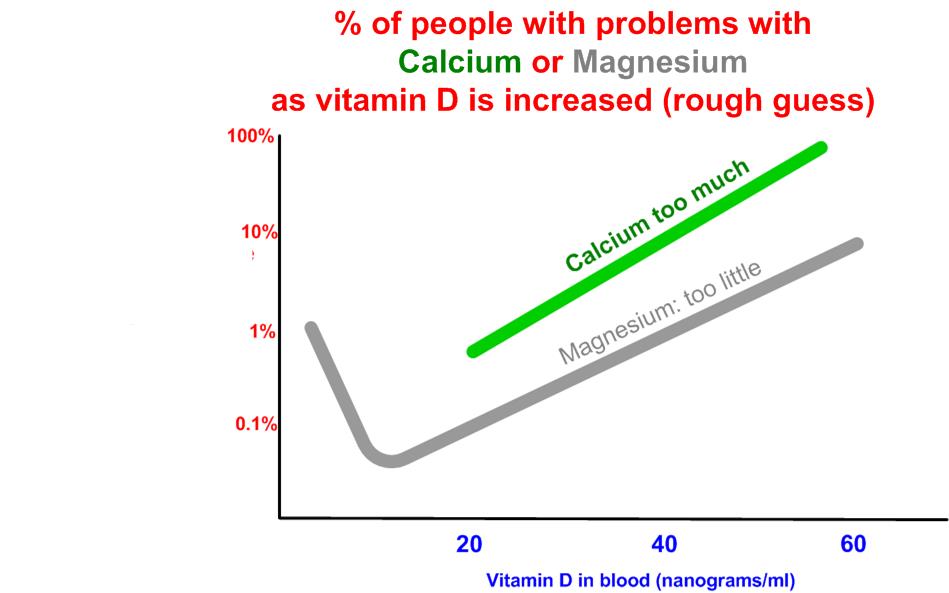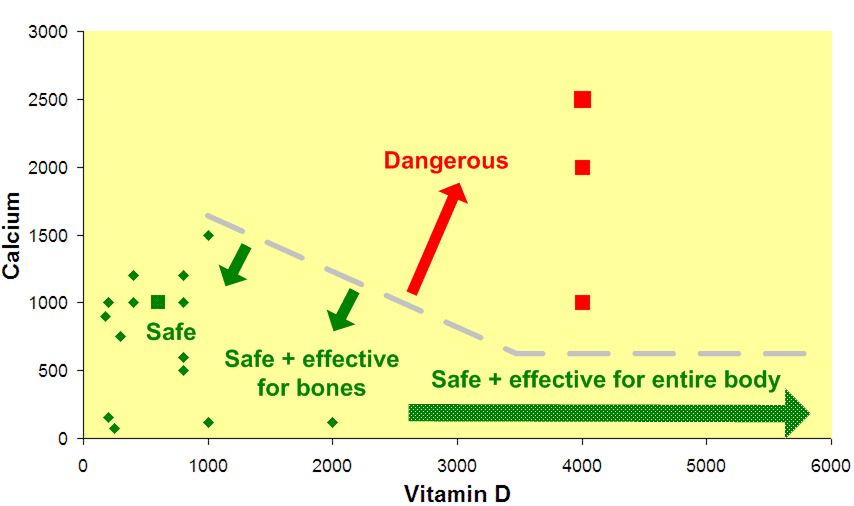Minimum National Vitamin D recommendations range from 200 to 4,000 IU
Assessment of the Methods Used to Develop Vitamin D and Calcium Recommendations—A Systematic Review of Bone Health Guidelines
Nutrients 2021, 13(7), 2423; https://doi.org/10.3390/nu13072423 (registering DOI)
by Zhaoli Dai 1,2,*OrcID,Joanne E. McKenzie 3,Sally McDonald 1OrcID,Liora Baram 1,Matthew J. Page 3,Margaret Allman-Farinelli 4OrcID,David Raubenheimer 4 andLisa A. Bero 1,5

 * IoM again fails to look at interactions - Nov 2010* has the graph: dangerous to have too much Calcium while having lots of vitamin D
* IoM again fails to look at interactions - Nov 2010* has the graph: dangerous to have too much Calcium while having lots of vitamin D 
📄 Download the PDF from Vitamin D Life
Background: There are numerous guidelines developed for bone health. Yet, it is unclear whether the differences in guideline development methods explain the variability in the recommendations for vitamin D and calcium intake. The objective of this systematic review was to collate and compare recommendations for vitamin D and calcium across bone health guidelines, assess the methods used to form the recommendations, and explore which methodological factors were associated with these guideline recommendations.
Methods: We searched MEDLINE, EMBASE, CINAHL, and other databases indexing guidelines to identify records in English between 2009 and 2019. Guidelines or policy statements on bone health or osteoporosis prevention for generally healthy adults aged ≥40 years were eligible for inclusion. Two reviewers independently extracted recommendations on daily vitamin D and calcium intake, supplement use, serum 25 hydroxyvitamin D [25(OH)D] level, and sunlight exposure. They assessed guideline development methods against 25 recommended criteria in the World Health Organization (WHO
) handbook for guideline development. Additionally, they identified types of evidence underpinning the recommendations. Results: we included 47 eligible guidelines from 733 records: 74% of the guidelines provided vitamin D (200~600–4000 IU/day) and 70% provided calcium (600–1200 mg/day) recommendations, 96% and 88% recommended vitamin D and calcium supplements, respectively, and 70% recommended a specific 25(OH)D concentration. On average, each guideline met 10 (95% CI: 9–12) of the total of 25 methodological criteria for guideline development recommended by the WHO Handbook. There was uncertainty in the association between the methodological criteria and the proportion of guidelines that provided recommendations on daily vitamin D or calcium. Various types of evidence, including previous bone guidelines, nutrient reference reports, systematic reviews, observational studies, and perspectives/editorials were used to underpin the recommendations.
Conclusions: There is considerable variability in vitamin D and calcium recommendations and in guideline development methods in bone health guidelines. Effort is required to strengthen the methodological rigor of guideline development and utilize the best available evidence to underpin nutrition recommendations in evidence-based guidelines on bone health.
